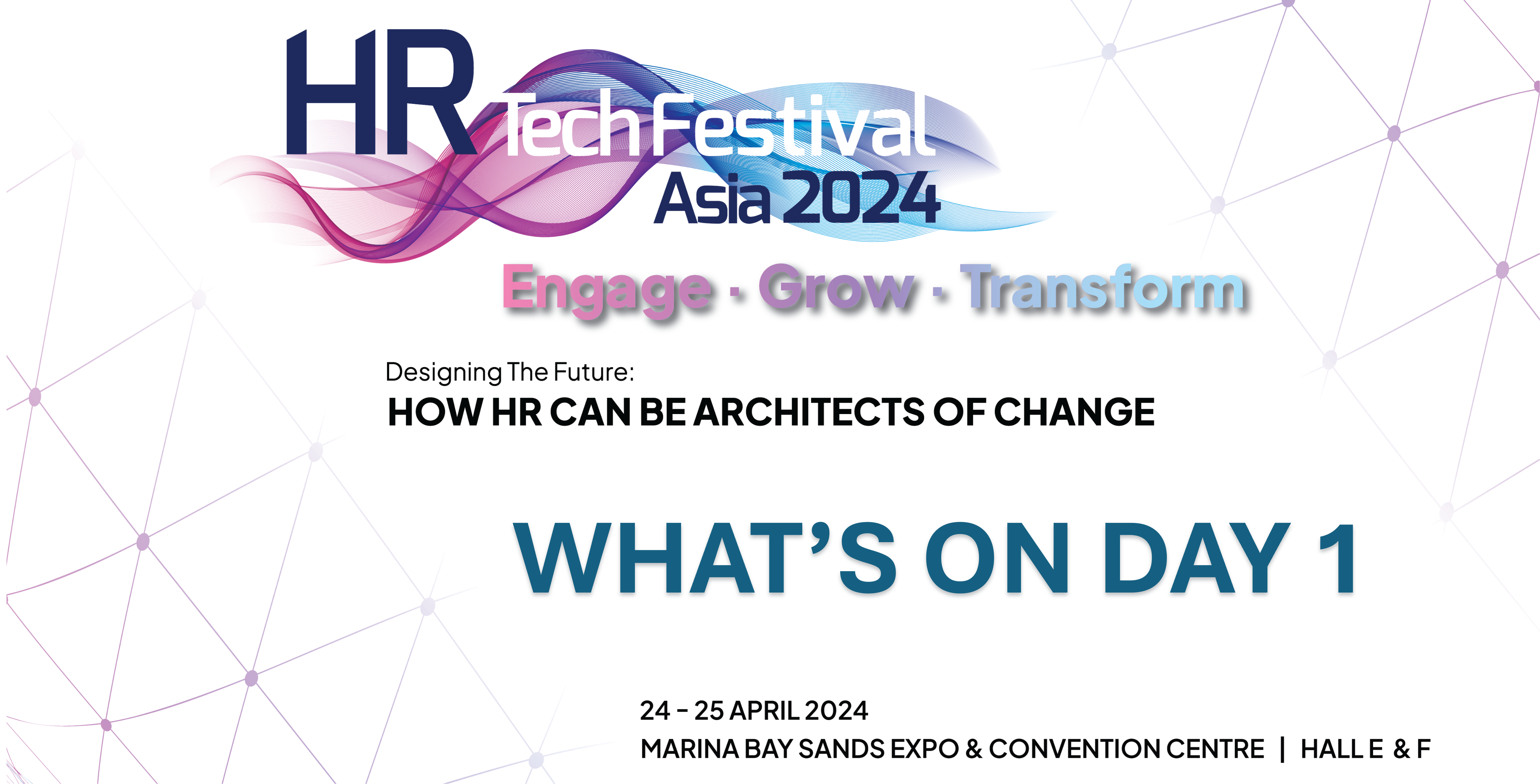HR leaders are burnt out. What can organisations do?

In recent years, as employers shone a brighter light on employee wellness—driven by rising the COVID-19 pandemic, global conflicts, ongoing inflation and other stressors—HR has largely shouldered the work. However, while HR leaders are becoming more adept at managing the risks of employee burnout, are they able to manage the rising stress in their own careers?
According to HRE’s recent What’s Keeping HR Up at Night? survey, they might not be. When asked how their stress levels changed during 2023, about 76% of the more than 350 HR leaders surveyed said stress increased—including nearly 26% who said the increase was dramatic. Only about 5% said they experienced a decrease in work-related stress last year.
The 2023 stress figures are about on par with the previous year’s survey, suggesting an ongoing pain point for HR leaders—which, if not disrupted, experts caution, can threaten both individual leaders’ wellness and HR’s strategic influence.
What’s driving HR stress?
Why are HR leaders so stressed?
According to HRE’s survey, the expectation to “do more with less” is a common stressor. “No budget but increased expectations,” wrote one respondent, while another mentioned “more work with fewer resources,” and another echoed “increased workload with no increase in staff.”
Nearly 54% of respondents said they do not feel their HR department is adequately staffed to handle the demands of the future workforce—and another 20% aren’t sure. Specifically, they cite the need for more staffing support in general HR, recruiting and L&D.
Unsurprisingly, recruiting and retention are also driving up HR stress. While finding and keeping top talent was considered slightly less of a pressing challenge than it was in 2022, it was still the top-cited priority by a vast majority of those polled. And nearly 62% said they are somewhat or extremely concerned about losing talent in the next year.
It is not only internal stressors challenging HR, however. A number of respondents cited factors like economic uncertainty, managing employee anxiety about the changing future of work, sociopolitical strife and the war in the Middle East.
“World news,” wrote one leader. “It hasn’t exactly been ‘fun’ or ‘uplifting.’”
Apart from the Israel-Palestine conflict causing “heated political discussions” in and outside of work, notes Institute for Corporate Productivity CEO Kevin Oakes, 2024 is primed to be one of the biggest election years ever—with more than 50 countries holding national or regional elections. Those—namely, the upcoming U.S. presidential election—will cause “severe divisiveness internally,” a reality that may be contributing to HR leaders’ stress levels.
Mark Stelzner, chair of HRE’s upcoming EPIC Conference in Las Vegas, notes the 11% decrease in HR’s focus on recruiting and retention between the 2022 and 2023 What’s Keeping HR Up at Night? surveys may, in part, have been driven by their attention to these external factors. In addition to foreign wars and elections, he points to climate change, civil unrest and the uncertain economy.
“I would speculate that 2024 is going to present a number of very specific challenges,” Stelzner says, “that may have pulled that [percentage] drop toward other key care-abouts.”
What can HR do about stress?
These external pressures are largely out of the control of HR leaders, which may magnify their impact.
“Look no further than what our DEI colleagues are now enduring, as the ‘war on woke’ has targeted anything with a diversity and inclusion label—including their own titles,” notes Oakes.
No matter the origin of the stressors, HR leaders need to prioritise their own wellbeing, he adds, in order to effectively tend to the wellbeing of the workforce. Key to that effort will be delegating responsibility to other leaders and managers.
“Companies should be clear they can’t place responsibility for workforce wellbeing solely on HR’s shoulders,” Oakes says.
Often, HR has to act on behalf of people leaders—but instead, they should be acting in support of leaders, adds Hannah Yardley, Chief People and Culture Officer at employee engagement platform Achievers. While broad, organisational changes will certainly require strategic HR leadership; HR can empower leaders to make changes at the department level that will strengthen employee experience—and hold them accountable for those changes.
“It’s about measuring manager effectiveness,” Yardley says. “How often are they meeting with employees? Do employees feel recognised?”
Placing some of that responsibility squarely on the shoulders of managers, she says, helps create a needed layer of connectivity between employees, managers and HR. That will ultimately drive better relationships between managers and employees and an improved employee experience.
With more expectations of managers, however, HR will need to effectively leverage data.
“Technology and data can enable this layer but also help educate managers on how they can be more effective, with HR helping to empower and enable leaders,” Yardley says.
“Great data, great technology and HR’s support for leaders,” she adds, is the best way to “crush this ongoing problem with HR leaders bearing the burden of changing organisational culture, empowering employees and being the centre of what we think about when it comes to employee experience.”
HR leaders also need to invest in work outside the office to protect their mental health, says Karan Singh, Chief Operating Officer and Chief People Officer at mindfulness and meditation platform Headspace.
“At the end of the day, one of the things I’ve heard more frequently from other people leaders is how unsustainable the role can be,” Singh recently told HRE. “You’re playing a really critical role for people and are a resource, and you can become an emotional sponge from the rest of the organisation. Holding that in can be taxing. So, investing in your mental health is critically important.”
READ MORE: Workplace bullying hits harder on men’s mental health
Among the strategies Singh deploys are drawing a “bright line” between work and his home life, meditating and practicing good sleep habits. He also meets monthly with a group of other entrepreneurs, who bounce ideas off one another about everything from family to work.
By tapping into “the power of peers,” agrees Oakes, HR leaders can garner critical support from professionals who are likely facing similar challenges.
“I’ve heard this so many times from members of our various peer groups that just talking about these issues is cathartic,” he says. “Many of the HR-related issues organisations face are similar despite the industry, geography or employee size, which is why leveraging the support and creative ideas of peers can be incredibly effective during times of stress.”
About the author: Jen Colletta is Managing Editor at Human Resource Executive, where this article was first published.



